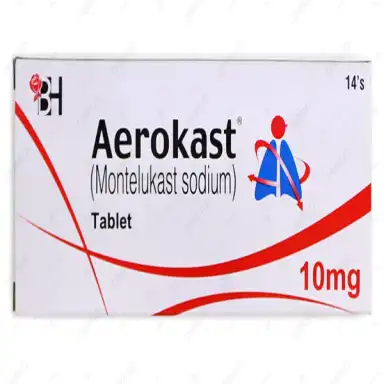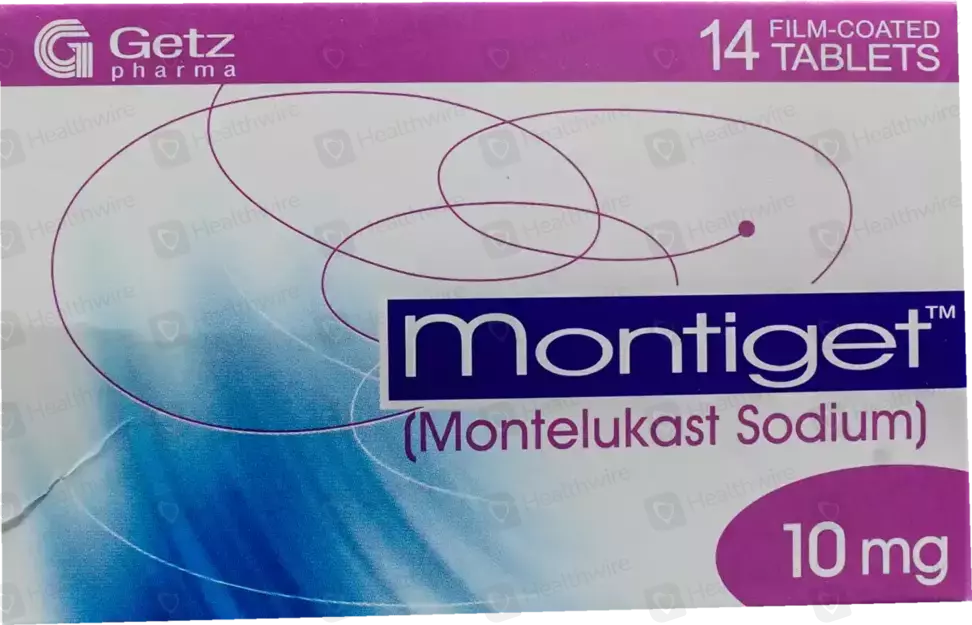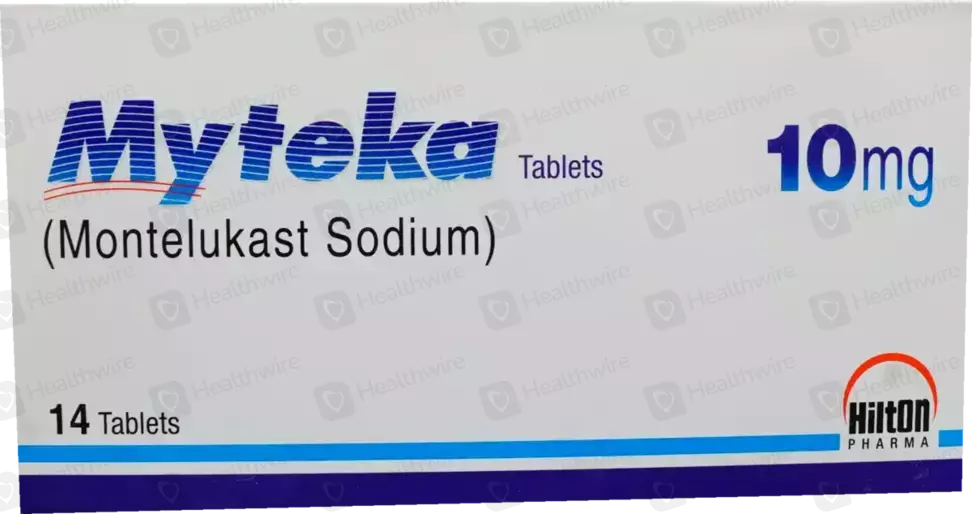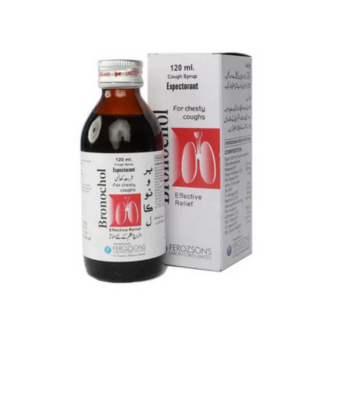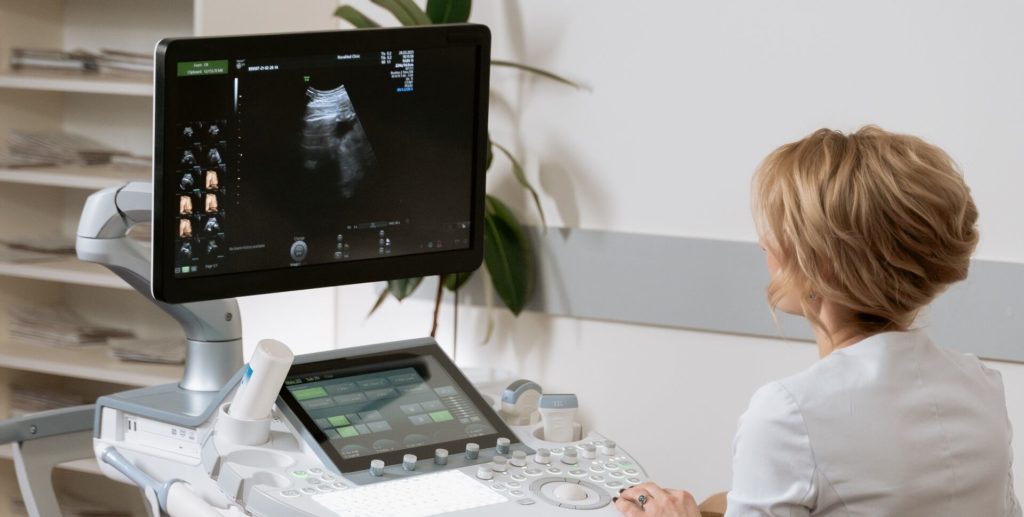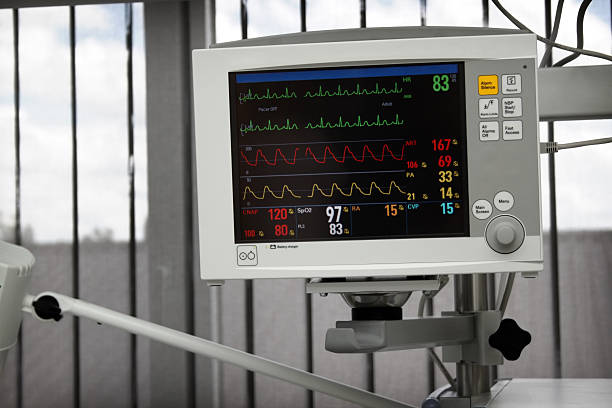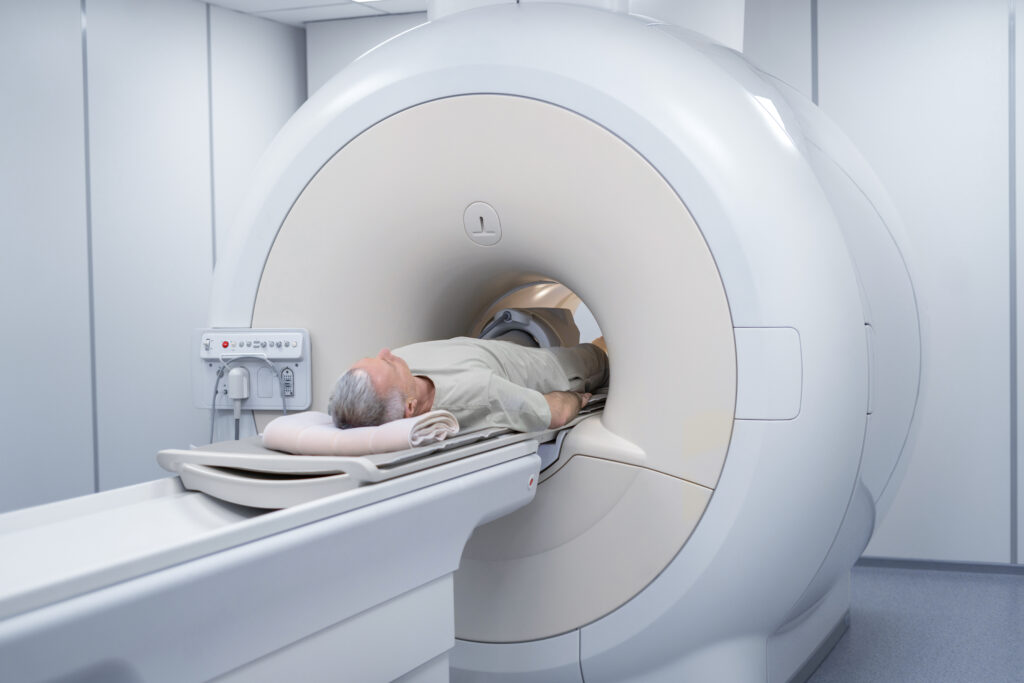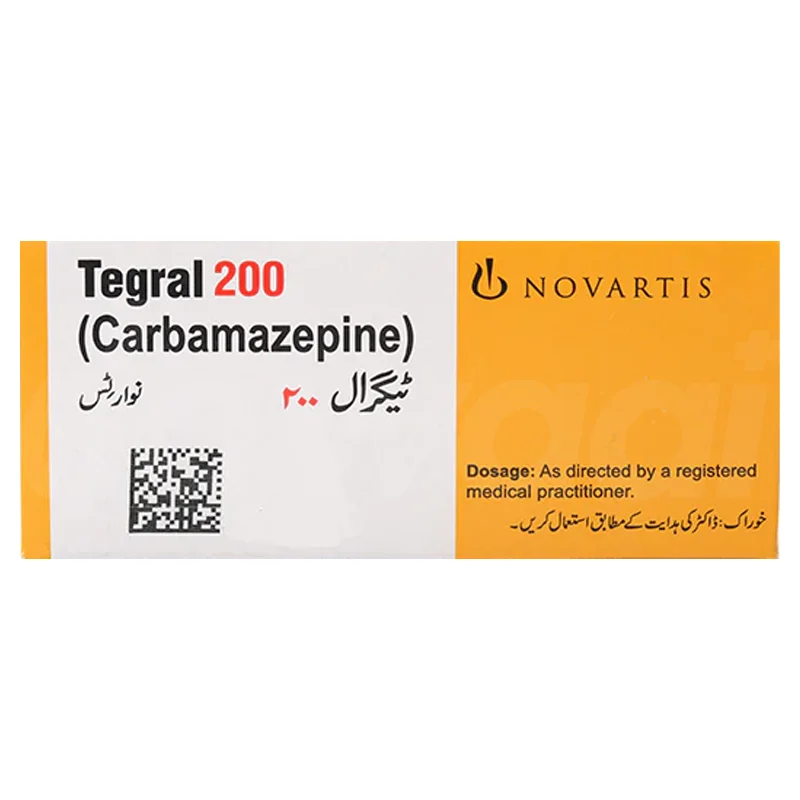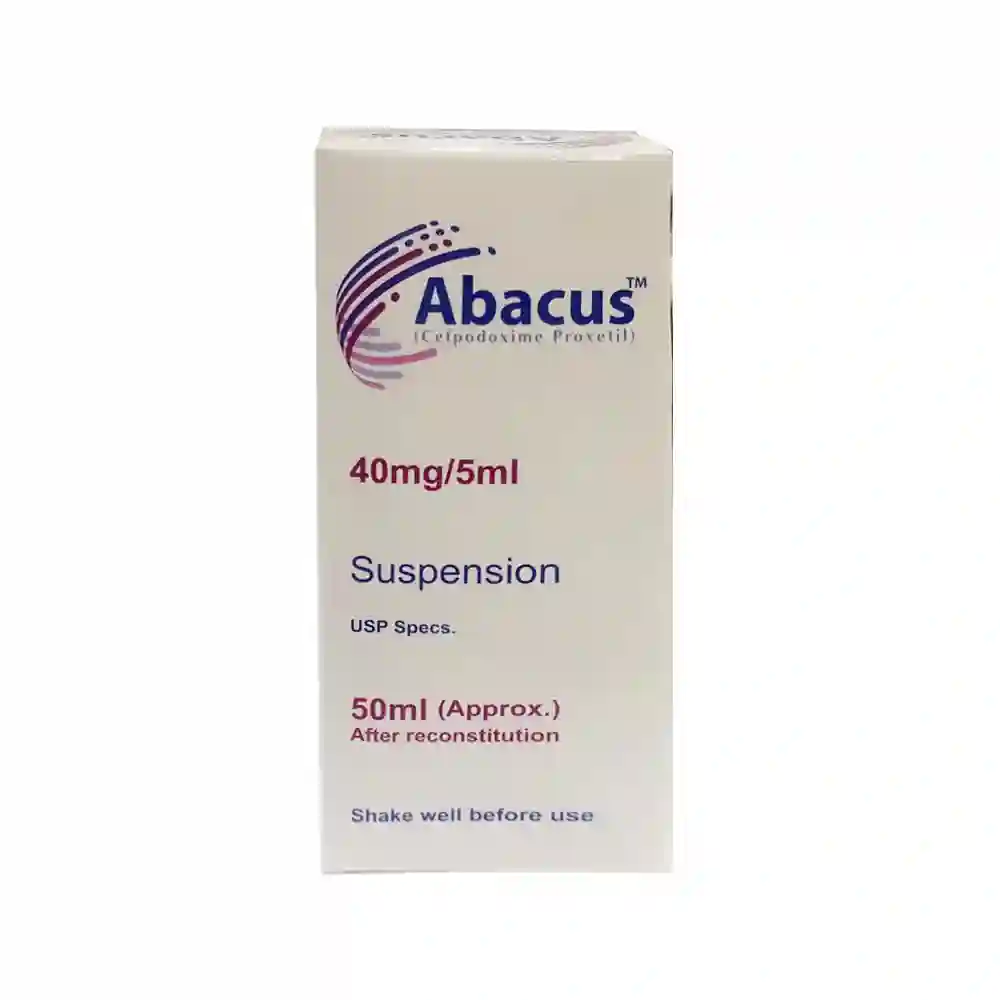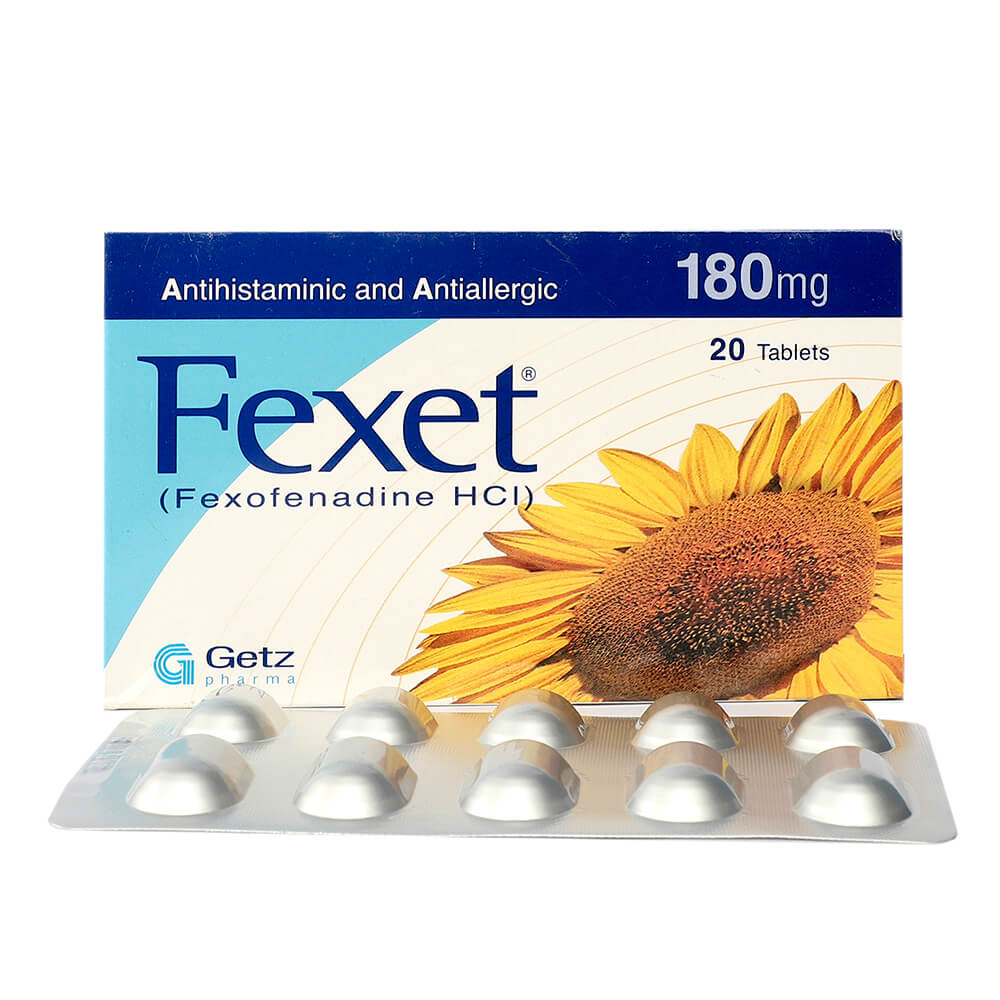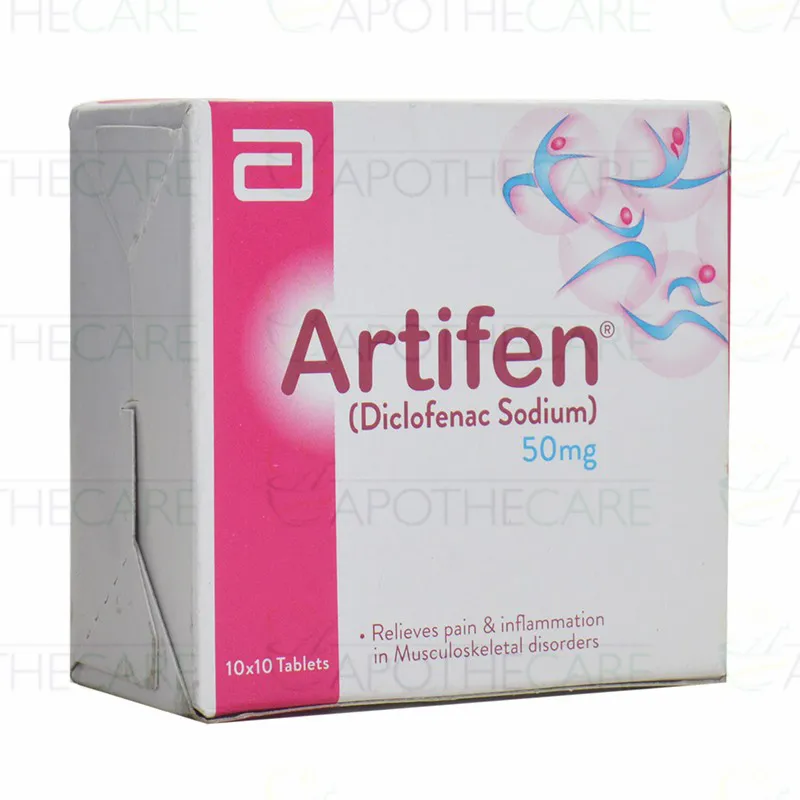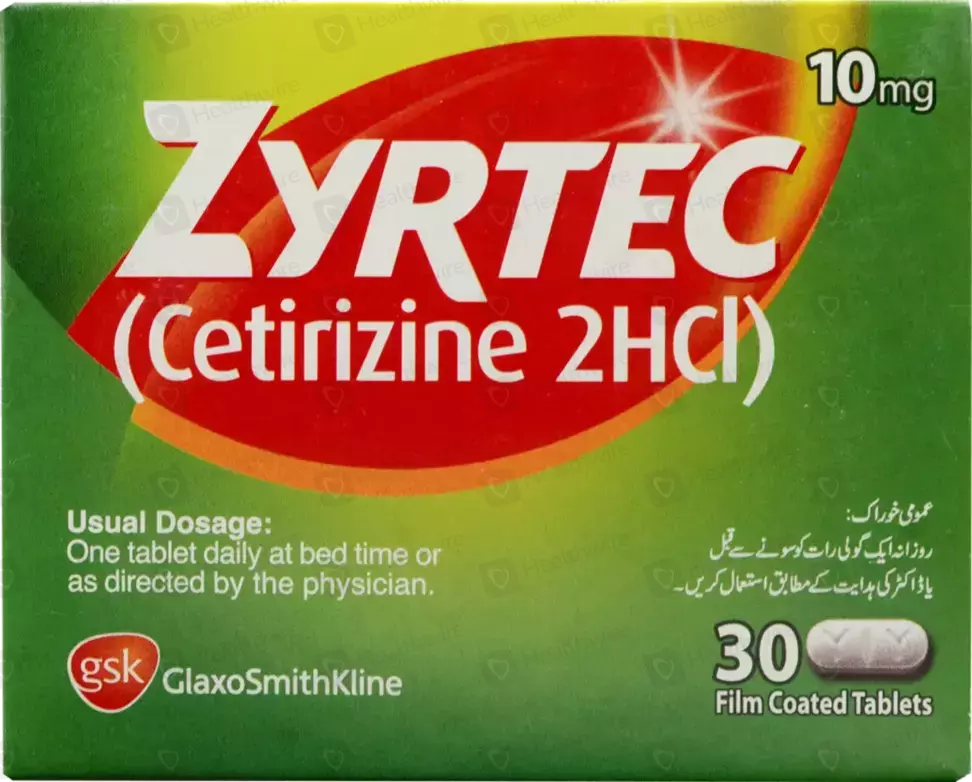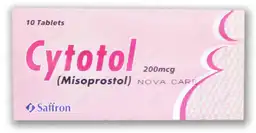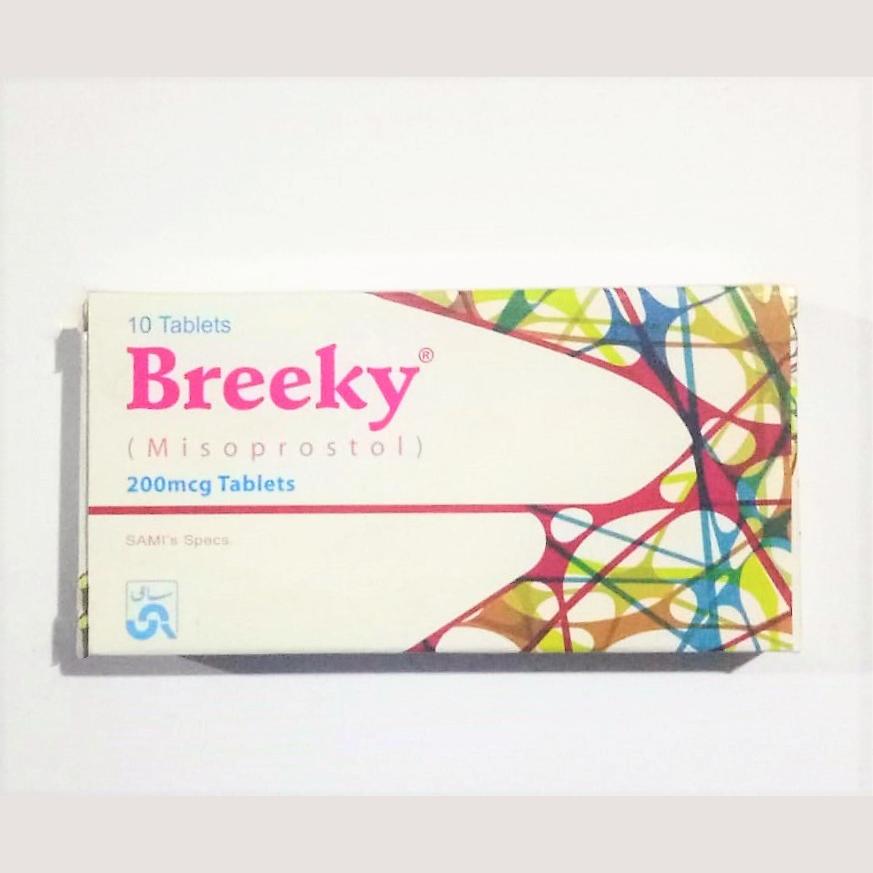Seizunil Tablet(200mg): Uses, Side Effects and Precautions
Introduction Seizunil tablet is a medication mainly prescribed by doctors for treating epilepsy, trigeminal neuralgia and certain pain disorders. This medication reduces the spread of seizure activities in the brain. Ingredients It contains Carbamazepine is an active ingredient. How Does it work? Mechanism It works by stabilizing the electrical activity in the brain. It achieves this by inhibiting the repetitive firing of action potentials in neurons. This stabilization helps control seizures and provides relief from neuropathic pain. Uses of SeizunilTablet Seizunil tablet is highly effective in managing partial seizures and generalized tonic-clonic seizures. It reduces the frequency and severity of these episodes, improving the quality of life for many patients. The medication is also used to treat trigeminal neuralgia, a condition characterized by severe facial pain. By stabilizing nerve activity, this medication can significantly alleviate pain symptoms. In addition to its primary uses, it is prescribed for bipolar disorder. It helps manage manic episodes, providing stability for individuals with this condition. Dosage Take it as prescribed by the doctor. Overdose Seek medical help, If you have taken more than the recommended dosage. Missed Dose if you have missed the dose, take it if the time to the next dose is far else don’t double it to cover the missed one. Side Effects of Seizunil Tablet Common Side Effects Dizziness Drowsiness Nausea Vomiting Serious Side Effects Severe skin reactions Blood disorders Liver damage Patients should monitor their health and report any unusual symptoms to their healthcare provider immediately. Warnings and Precautions This medication can cause serious allergic reactions. Patients with a history of hypersensitivity should avoid this medication. Regular blood tests are necessary to monitor for potential blood disorders. This precaution helps in early detection and management of any adverse effects. Monitoring liver function is crucial. Any signs of liver damage should be addressed promptly to avoid severe complications. Dont use it after passing of expiry date Storage Store it at room temperature. Keep it away from moisture and heat. Keep it away from children and pets Price in Pakistan Price of Seizunil tablet in the Pakistan is 467.00/pack Disclaimer: This article is just for information purposes only. Don’t take it as a medical advice
Seizunil Tablet(200mg): Uses, Side Effects and Precautions Read More »

